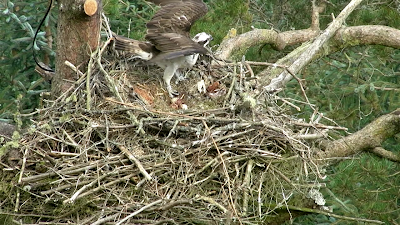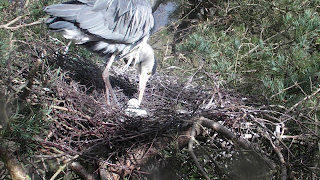An empty nest, at the top of an old Scots Pine, looking like
a flattened out platform of larch sticks, garnished with dried out yellowed
moss, is the scene on the live cameras for most of the time towards the last
days of summer.
 |
| photo by J.Lister |
Only a few short weeks ago this was the scene of bustling
activity with three juvenile ospreys the same size as their parents, all
squashed together, occupied with wing stretching exercises and flapping to
strengthen their flight muscles. After fledging, the juvenile birds also continued
to use the eyrie as a dining area to practice gripping fish in their talons and
using their hook tipped beaks to tear off strips to eat.
In what seems such a short time, the birds are ready to make
their way in the world, it is time to journey south and although we are sure
that mum and one of the juveniles have already gone, it seems likely that the
second young bird has left now too. A brief appearance at the eyrie of a lone
juvenile on Monday indicates that there is one still to make a move, to start
the migration journey and dad will most likely wait until this one goes before
he too will make his way down to West Africa.
We are delighted that this 10th anniversary of
the parents, at the main nest site has gone without any hitches and young ospreys
have successfully fledged once again from this nest all watched with privilege
from our live viewing facilities at Glentress Wildwatch Room and at Kailzie
Gardens osprey and nature watch centre.
The Tweed Valley Osprey Project is a conservation success
story and a project to which the dedicated few who are involved should be very
proud of because in a matter of 15 years this region has gone from somewhere
where ospreys were extinct to a region that has now produced upwards of 160
fledged ospreys, mostly from artificial eyries created to encourage them to
breed here. These magnificent birds will need careful monitoring and protection
in the future if they are to continue to thrive. We hear reports of a couple of
nest sites that have failed to produce young and we are all too aware that the
biggest threat to them is from disturbance.
 |
| Photo by J.Lister |
We are lucky that the main nest site location was so
carefully chosen at the start of this project, as for ten years this site has
been relatively disturbance free and its security has been very well
maintained. The Forestry Commission for Scotland staff have maintained and
renovated the nest site while the birds are away on migration, created new
artificial eyries, they install all the camera workings to make the live images
possible and the licensed Conservation and Heritage Manager actively monitors
the birds by ringing the fledglings at six weeks old, so that they can be
tracked in the future with visible identity rings.
Although the centres are quiet at this time of year we still
have many visitors on holiday in the area and folk from as far as Lancashire
and Devon have called in to see our ospreys this week and to hear how the
project is progressing. Most of the time the centres have volunteers on duty
and they do a great job to interpret the osprey activities and tell visitors
all about Tweed Valley Ospreys and their amazing comeback to the area thanks to
the work done by this project. We are extremely grateful to all the volunteers
that have given their time so generously to support this project once again for
this season.
This week is the end of osprey watching for the season and
The Osprey and Nature Watch Centre at Kailzie Gardens will be closed from
Sunday 1st September although the Wildwatch Room at Glentress will
remain open for longer.
I would like to thank everybody that has supported the
osprey project this year and wish for a safe migration journey for our ospreys and a safe return
next spring when hopefully I will be able to bring news that our pair have
returned for an eleventh season together.
Best Wishes
Diane Bennett.
Tweed Valley Osprey Project Officer.



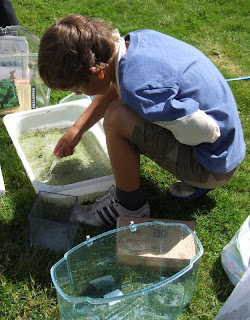
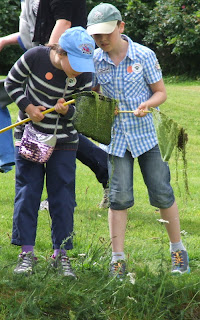


















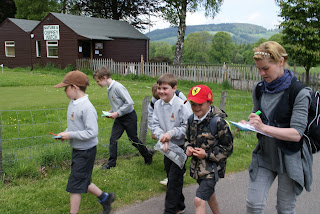
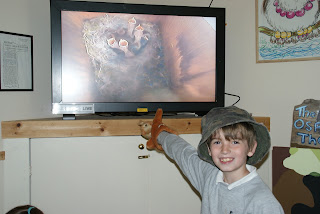


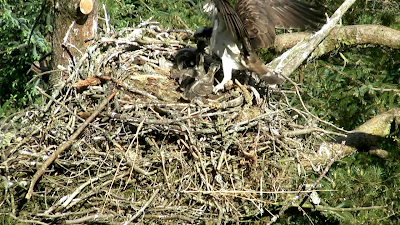

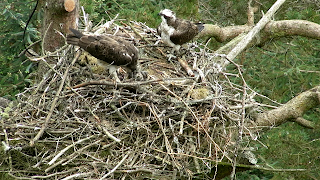

.jpg)


.JPG)



